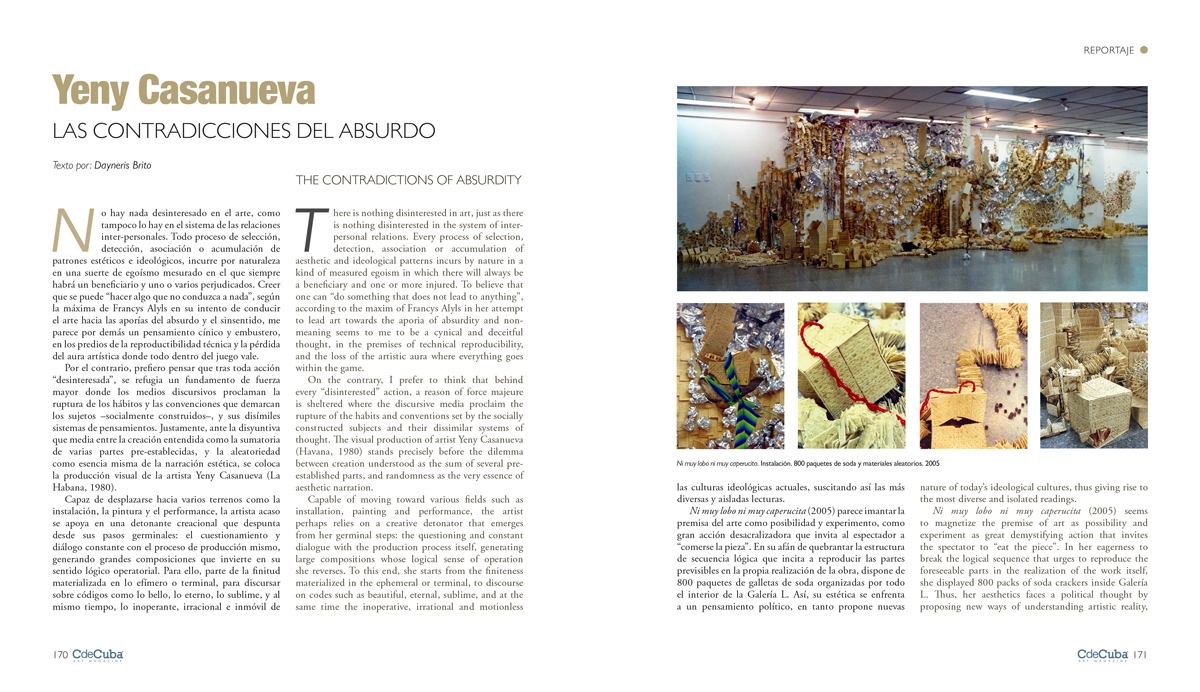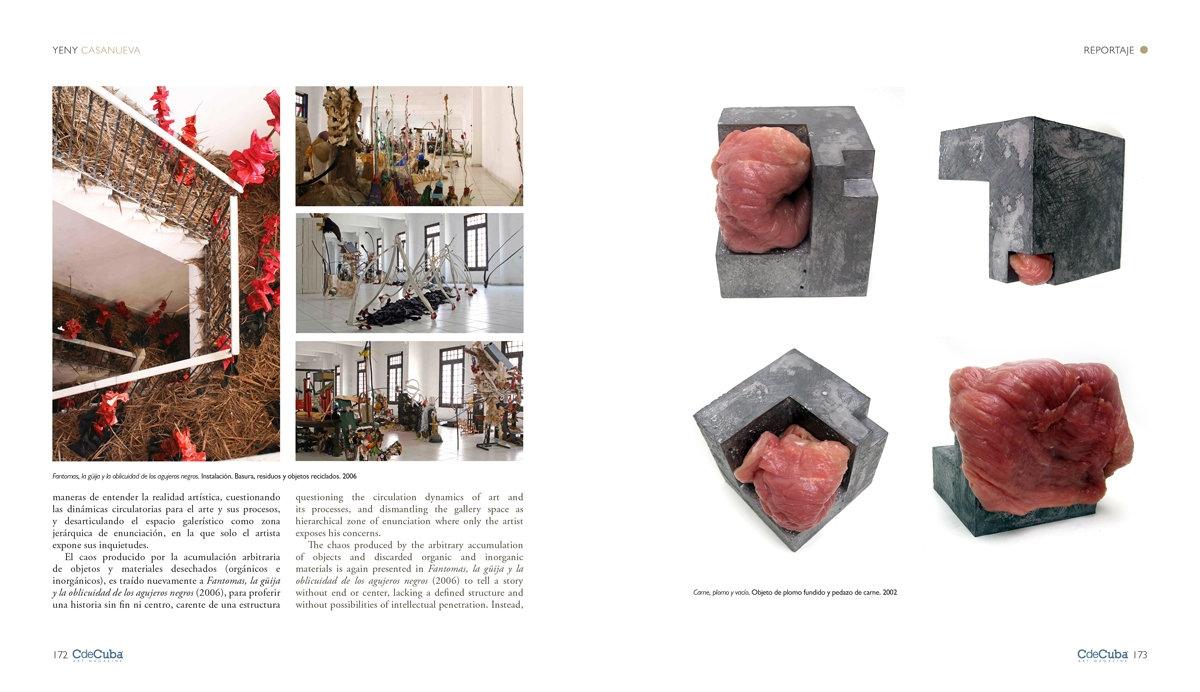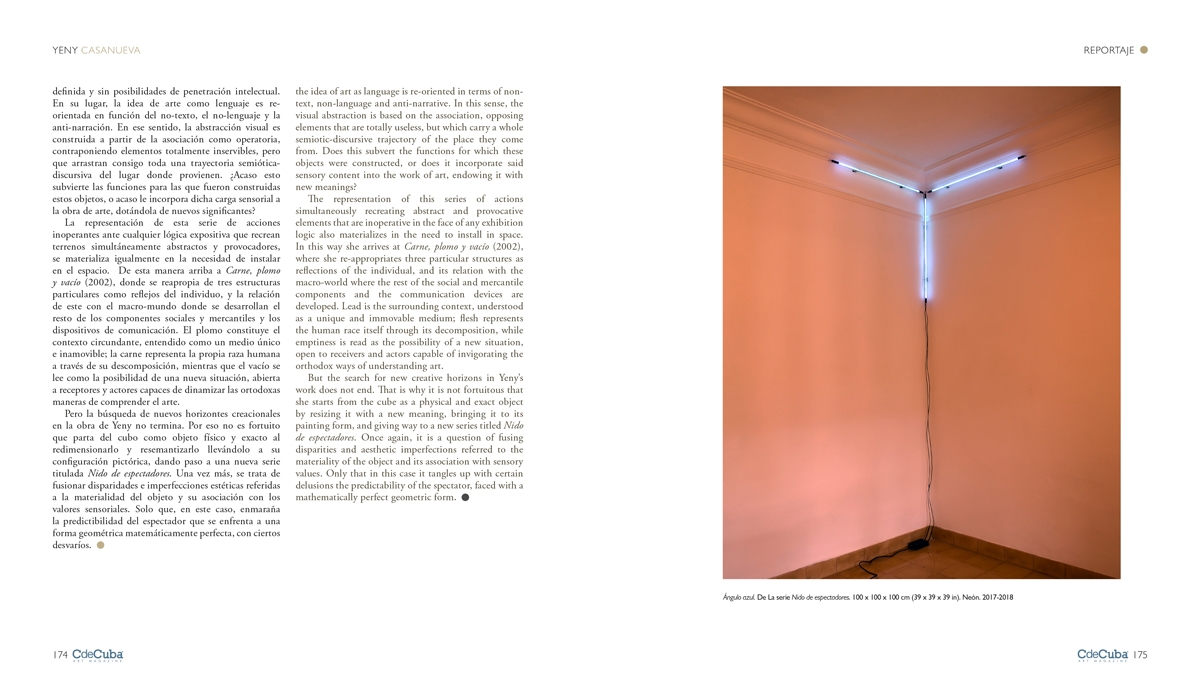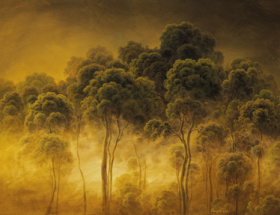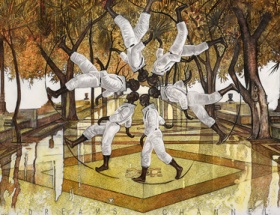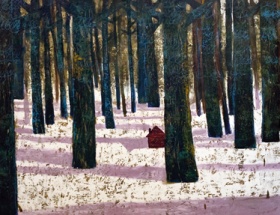The Contradictions of Absurdity
By Dayneris Brito
There is nothing disinterested in art, just as there is nothing disinterested in the system of inter-personal relations. Every process of selection, detection, association or accumulation of aesthetic and ideological patterns incurs by nature in a kind of measured egoism in which there will always be a beneficiary and one or more injured. To believe that one can “do something that does not lead to anything”, according to the maxim of Francys Alyls in her attempt to lead art towards the aporia of absurdity and non-meaning seems to me to be a cynical and deceitful thought, in the premises of technical reproducibility, and the loss of the artistic aura where everything goes within the game.
On the contrary, I prefer to think that behind every “disinterested” action, a reason of force majeure is sheltered where the discursive media proclaim the rupture of the habits and conventions set by the socially constructed subjects and their dissimilar systems of thought. The visual production of artist Yeny Casanueva (Havana, 1980) stands precisely before the dilemma between creation understood as the sum of several pre-established parts, and randomness as the very essence of aesthetic narration.
 Capable of moving toward various fields such as installation, painting and performance, the artist perhaps relies on a creative detonator that emerges from her germinal steps: the questioning and constant dialogue with the production process itself, generating large compositions whose logical sense of operation she reverses. To this end, she starts from the finiteness materialized in the ephemeral or terminal, to discourse on codes such as beautiful, eternal, sublime, and at the same time the inoperative, irrational and motionless nature of today’s ideological cultures, thus giving rise to the most diverse and isolated readings.
Capable of moving toward various fields such as installation, painting and performance, the artist perhaps relies on a creative detonator that emerges from her germinal steps: the questioning and constant dialogue with the production process itself, generating large compositions whose logical sense of operation she reverses. To this end, she starts from the finiteness materialized in the ephemeral or terminal, to discourse on codes such as beautiful, eternal, sublime, and at the same time the inoperative, irrational and motionless nature of today’s ideological cultures, thus giving rise to the most diverse and isolated readings.
Ni muy lobo ni muy caperucita (2005) seems to magnetize the premise of art as possibility and experiment as great demystifying action that invites the spectator to “eat the piece”. In her eagerness to break the logical sequence that urges to reproduce the foreseeable parts in the realization of the work itself, she displayed 800 packs of soda crackers inside Galería L. Thus, her aesthetics faces a political thought by proposing new ways of understanding artistic reality, questioning the circulation dynamics of art and its processes, and dismantling the gallery space as hierarchical zone of enunciation where only the artist exposes his concerns.
The chaos produced by the arbitrary accumulation of objects and discarded organic and inorganic materials is again presented in Fantomas, la güija y la oblicuidad de los agujeros negros (2006) to tell a story without end or center, lacking a defined structure and without possibilities of intellectual penetration. Instead, the idea of art as language is re-oriented in terms of non-text, non-language and anti-narrative. In this sense, the visual abstraction is based on the association, opposing elements that are totally useless, but which carry a whole semiotic-discursive trajectory of the place they come from. Does this subvert the functions for which these objects were constructed, or does it incorporate said sensory content into the work of art, endowing it with new meanings?
 The representation of this series of actions simultaneously recreating abstract and provocative elements that are inoperative in the face of any exhibition logic also materializes in the need to install in space. In this way she arrives at Carne, plomo y vacío (2002), where she re-appropriates three particular structures as reflections of the individual, and its relation with the macro-world where the rest of the social and mercantile components and the communication devices are developed. Lead is the surrounding context, understood as a unique and immovable medium; flesh represents the human race itself through its decomposition, while emptiness is read as the possibility of a new situation, open to receivers and actors capable of invigorating the orthodox ways of understanding art.
The representation of this series of actions simultaneously recreating abstract and provocative elements that are inoperative in the face of any exhibition logic also materializes in the need to install in space. In this way she arrives at Carne, plomo y vacío (2002), where she re-appropriates three particular structures as reflections of the individual, and its relation with the macro-world where the rest of the social and mercantile components and the communication devices are developed. Lead is the surrounding context, understood as a unique and immovable medium; flesh represents the human race itself through its decomposition, while emptiness is read as the possibility of a new situation, open to receivers and actors capable of invigorating the orthodox ways of understanding art.
But the search for new creative horizons in Yeny’s work does not end. That is why it is not fortuitous that she starts from the cube as a physical and exact object by resizing it with a new meaning, bringing it to its painting form, and giving way to a new series titled Nido de espectadores. Once again, it is a question of fusing disparities and aesthetic imperfections referred to the materiality of the object and its association with sensory values. Only that in this case it tangles up with certain delusions the predictability of the spectator, faced with a mathematically perfect geometric form.
